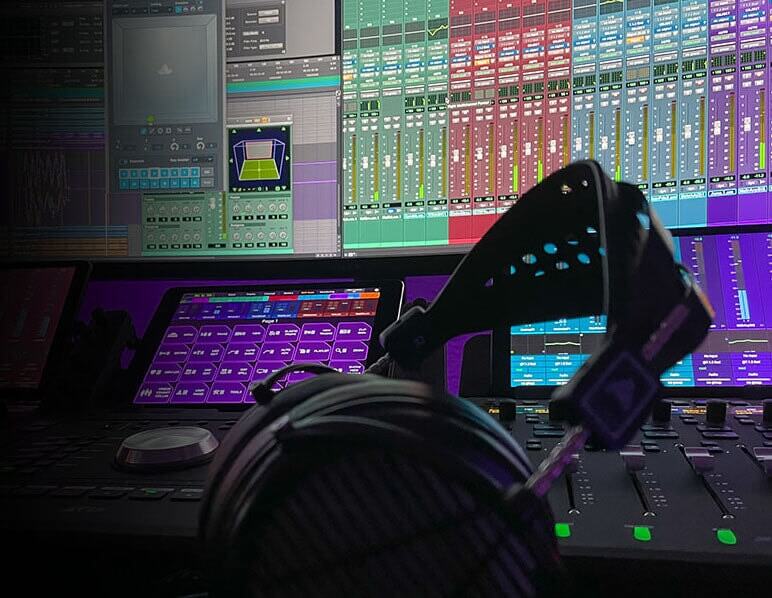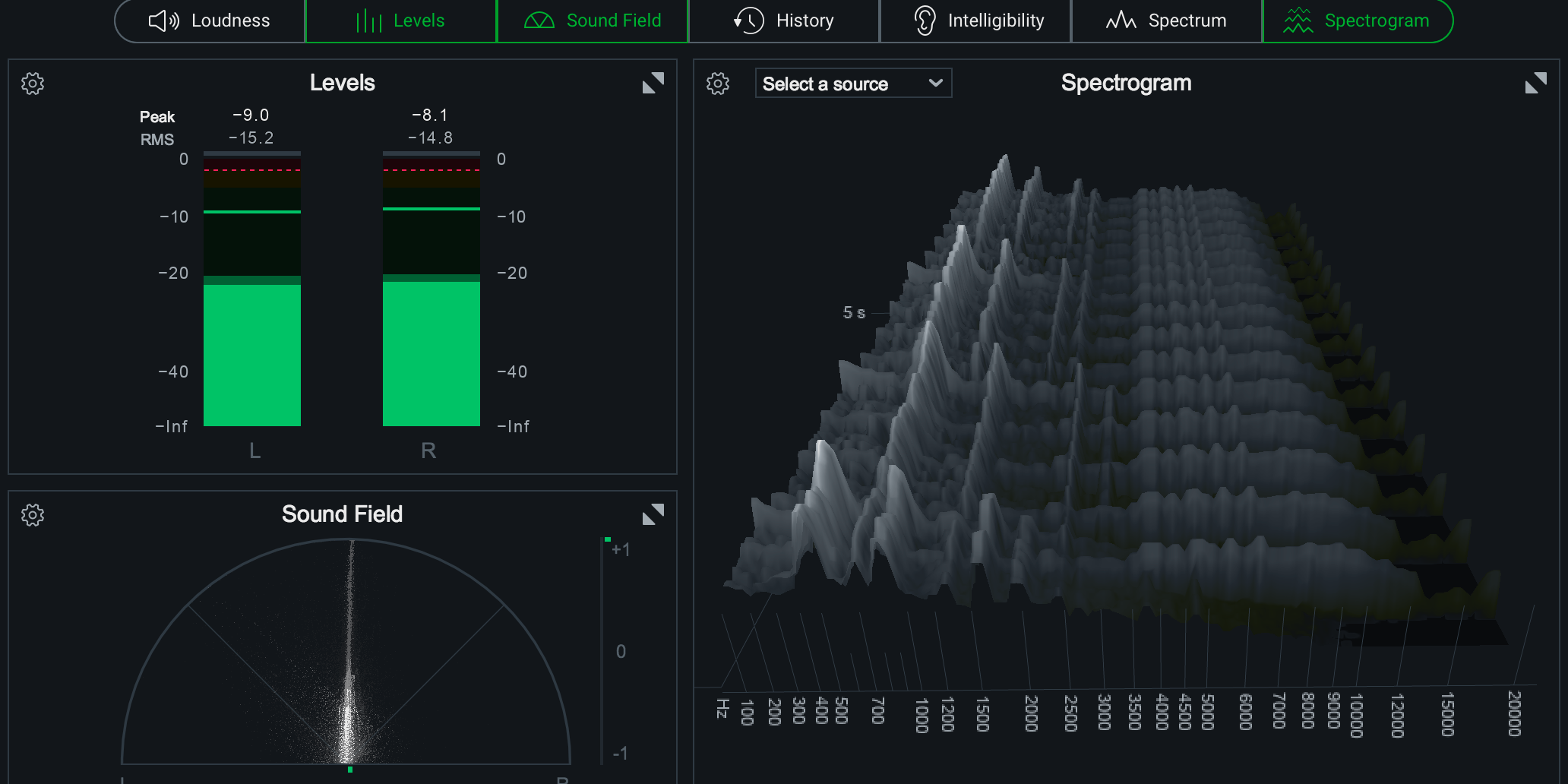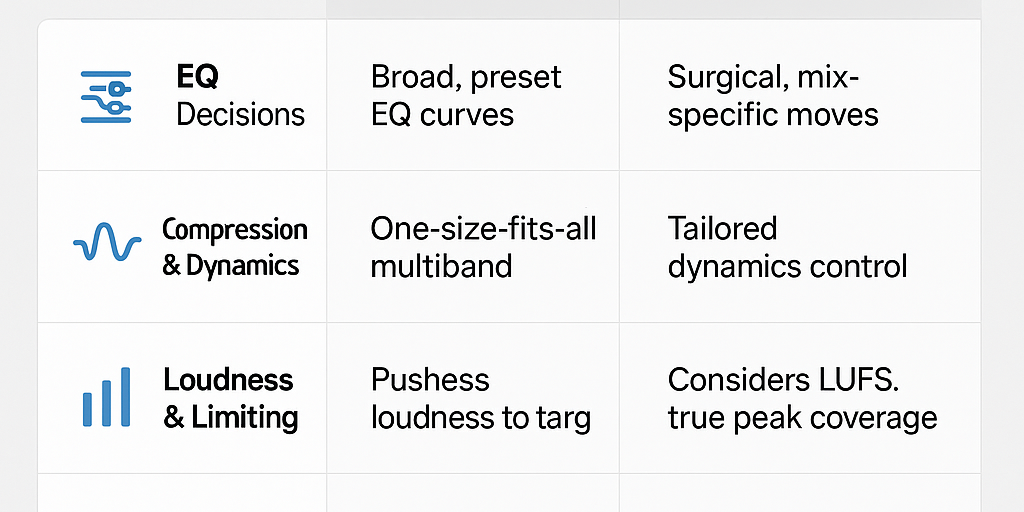Mastering is the final polish before your music is released. It’s where loudness, tonal balance, and consistency across playback systems are fine-tuned. Since mastering demands accuracy, many ask: can you master music with headphones?
The short answer: possible, but not ideal. Here’s why.
The Challenges of Mastering on Headphones
-
Low-end accuracy: Headphones can exaggerate or under-represent bass. This makes it easy to underpower or overpower the low frequencies.
-
Stereo field issues: Because headphones bypass crossfeed between ears, you may misjudge stereo width.
-
Translation risk: Masters done only on headphones often don’t translate well to speakers or car systems.
When Headphones Are Helpful
-
Detail work: Headphones are excellent for catching clicks, distortion, or subtle noise.
-
Secondary reference: They’re valuable for double-checking a master after working on monitors.
-
Room problems: If your room isn’t treated, headphones may be more accurate than small, untreated monitors.
How to Master Better With Headphones
-
Use reference-grade headphones – Options like Audeze LCD-X or Sennheiser HD800S offer exceptional detail and balance.
-
Employ correction software – Tools like Sonarworks SoundID Reference flatten the frequency response of your headphones for more accuracy.
-
Check translation constantly – Test your master on multiple systems (monitors, earbuds, car speakers).
-
Consider hybrid workflows – Do detailed checking on headphones, but finalize EQ, limiting, and balance decisions on monitors.
Ready to Take the Next Step?
Headphones can play a role in mastering, especially for detailed checking. But for reliable, professional results, mastering on accurate monitors in a treated room is still the gold standard.
If you’re mastering primarily on headphones, balance your workflow with speaker references — or better yet, send your track to a mastering engineer with a calibrated environment. Submit your track, and I’ll ensure it’s release-ready everywhere.



